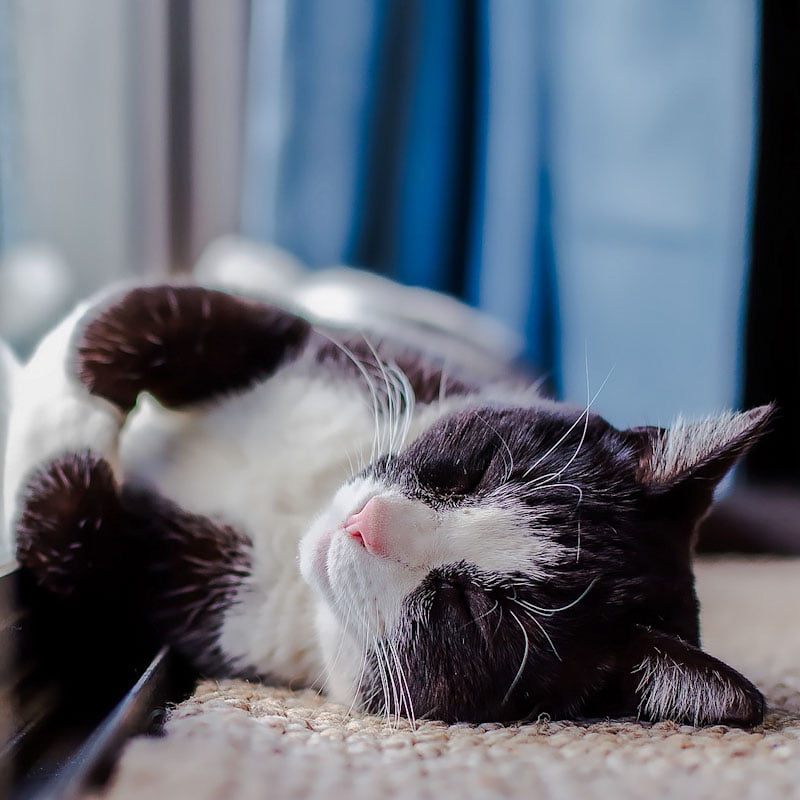There is no doubt that there is a distinct trend towards domestic cat confinement. The world is changing. Cat owners are more aware of the dangers outside the home. The world is busier. There is more traffic. There are more people. And arguably there’s more theft and more animal abuse as the world is going backwards in some respects. So, cat confinement is not yet a buzzword but becoming more popular. We don’t know, however, how many domestic cats are full-time indoor cats in the West. I’ve seen various figures from below 50% to as much as 70%. I don’t believe the upper figure. My guess is that somewhere around 30-50% of domestic cats are confined to the home in America. I am guessing, however, and if you can clarify, please leave a comment.

But the point is this: most domestic cats are not selectively bred to be house cats confined to the home. For example, when you adopt from a cat shelter you may adopt a cat who was formerly a stray. This individual would be used to wandering around as they please. And, of course, socialised feral cats (to make them domesticated cats) are also “programmed” to enjoy the outside. If you adopt an individual that was a feral cat from a shelter, arguably they would struggle to be confined to the home.
Also, the general ‘gene memory’ of domestic cats is that of the wildcat ancestor with home ranges of about 10 km² or more. The back story to cat confinement is that domestic cats are largely speaking not ideally suited to being confined to an apartment or a house. And oftentimes, as is the case with my neighbour, there’s more than one cat confined to the home. This also presents issues of overlapping home ranges which are very small. This can lead to stress which in turn leads to inappropriate urination due to spraying.
Anyway, to return to the point of the article: the breeders of purebred cats should consider selecting foundation cats which are suited to living full-time in the home. Although purebred cats make up quite a small percentage of the overall cat population this may be a good marketing tool. Note: Ragdolls are suited to an indoor life it is said.
Cat breeders want their cats to be popular. They focus on appearance. What about marketing a cat breed as selectively bred (created) to be a full-time indoor cat? That would fit in with the modern attitudes of many cat owners who want to feel that their cat is safe. It is a worry to many cat owners that their cats might be harmed outside. However, they let their cats go outside because they feel they have to in order for the cat to enjoy natural behaviour. They worry that if a cat is indoors all the time, they might become stressed and unhappy. If the breeders can create cats which are ideally suited to a restricted living space, owners would be more relaxed about it.
Set against this thought is the fact that creating more cats through deliberate breeding is not a good idea in the modern world. The basic model of the cat fancy is flawed, today, in my opinion. When the cat fancy started in the late 1800s there were no issues of domestic cat overpopulation and unwanted cats in shelters.
Domestic cats will, in any case, over the next hundred years become more suited to full-time indoor living through natural evolution. Also, the domestic cat is very adaptable and becoming more and more sociable. These aspects of domestic cat evolution will help resolve any problems with cat confinement in time. I’m just considering speeding up the process.
SOME MORE ON FULL-TIME INDOOR CATS:

